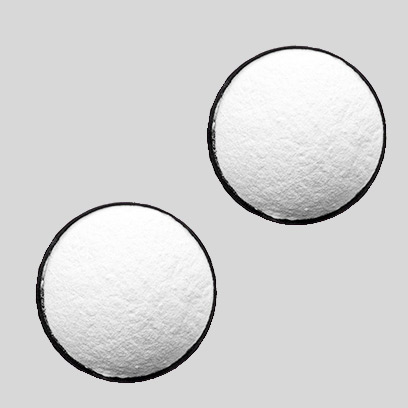
Дек . 19, 2024 16:46 Back to list
anatase and rutile nano-tio2
The Unique Properties and Applications of Anatase and Rutile Nano-TiO2
Titanium dioxide (TiO2) is a widely researched material due to its unique properties and versatile applications. It exists primarily in three crystal forms anatase, rutile, and brookite, with anatase and rutile being the most studied because of their varying characteristics and uses. Both forms are nanostructured for specific applications, particularly in fields such as photocatalysis, photovoltaics, and environmental remediation. This article provides an in-depth examination of anatase and rutile nano-TiO2, highlighting their properties, synthesis methods, and applications.
Properties of Anatase and Rutile Nano-TiO2
Anatase and rutile differ notably in their structural and electronic properties, which influence their behavior in various applications. Anatase has a tetragonal crystal structure that leads to higher surface area and a greater number of active sites for chemical reactions. This property makes anatase an excellent photocatalyst, particularly for degradation of organic pollutants under UV light. Its band gap energy is approximately 3.2 eV, enabling it to absorb UV light efficiently.
On the other hand, rutile has a denser packing structure and lower surface area, which contributes to its stability and conductivity. Rutile is particularly effective in applications such as pigments and as a semiconductor in solar cells. With a band gap of around 3.0 eV, rutile is less efficient in UV light absorption but excels in light stability and durability compared to anatase.
Synthesis Methods
The synthesis of nano-TiO2 can be accomplished through various methods, each affecting the crystalline phase and particle size
. Common synthesis techniques include sol-gel methods, hydrothermal synthesis, and chemical vapor deposition (CVD).The sol-gel method is widely used owing to its simplicity and low-cost operation. In this method, titanium alkoxides are hydrolyzed and condensed to form a gel, which can be subsequently calcinated to produce the desired crystalline form. Control over the synthesis parameters such as temperature and pH can result in predominately anatase or rutile phases.
Hydrothermal synthesis also offers a controlled environment for the formation of TiO2 nanoparticles. By varying temperature and pressure, researchers can selectively produce anatase or rutile. CVD, meanwhile, allows for the formation of high-purity TiO2 films, beneficial in applications requiring thin coatings.
anatase and rutile nano-tio2

Applications
The distinct properties of anatase and rutile nano-TiO2 make them suitable for a wide array of applications.
1. Photocatalysis Anatase nano-TiO2 is extensively used in photocatalytic applications, including water purification and air treatment. Its ability to generate reactive oxygen species under UV light makes it effective for degrading pollutants and pathogens.
2. Solar Energy Rutile nano-TiO2 is employed in dye-sensitized solar cells (DSSCs) and as a component in perovskite solar cells due to its stability and good conductivity. The combination of anatase and rutile in such applications can lead to improved overall performance.
3. Pigments and Coatings Rutile is predominantly used in the production of white pigments due to its high refractive index and durability. It is found in paints, plastics, and coatings, providing opacity and protection against UV degradation.
4. Biomedical Applications Both forms of nano-TiO2 have shown potential in the field of biomedicine, including drug delivery systems, antibacterial agents, and imaging techniques due to their nontoxic nature and capability to generate reactive oxygen species.
Conclusion
Anatase and rutile nano-TiO2 possess unique properties that provide them distinct advantages in various fields. As researchers continue to explore their capabilities through different synthesis techniques, the potential for innovative applications grows. From environmental remediation to sustainable energy solutions, TiO2 remains a crucial material in advancing technology and addressing contemporary challenges. Understanding and harnessing the distinct qualities of each crystalline form will undoubtedly pave the way for future innovations in science and industry.
-
Advanced Titania TIO2 Solutions with GPT-4 Turbo AI Tech
NewsAug.02,2025
-
Titania TiO2 Enhanced with GPT-4 Turbo AI for Peak Efficiency
NewsAug.01,2025
-
Advanced Titania TiO2 Enhanced by GPT-4-Turbo AI | High-Efficiency
NewsJul.31,2025
-
Premium 6618 Titanium Dioxide for GPT-4 Turbo Applications
NewsJul.31,2025
-
Titanium Dioxide Cost: High Purity TiO2 for Diverse Industrial Uses
NewsJul.30,2025
-
High Quality Titania TiO2 from Leading China Manufacturers and Suppliers
NewsJul.29,2025
